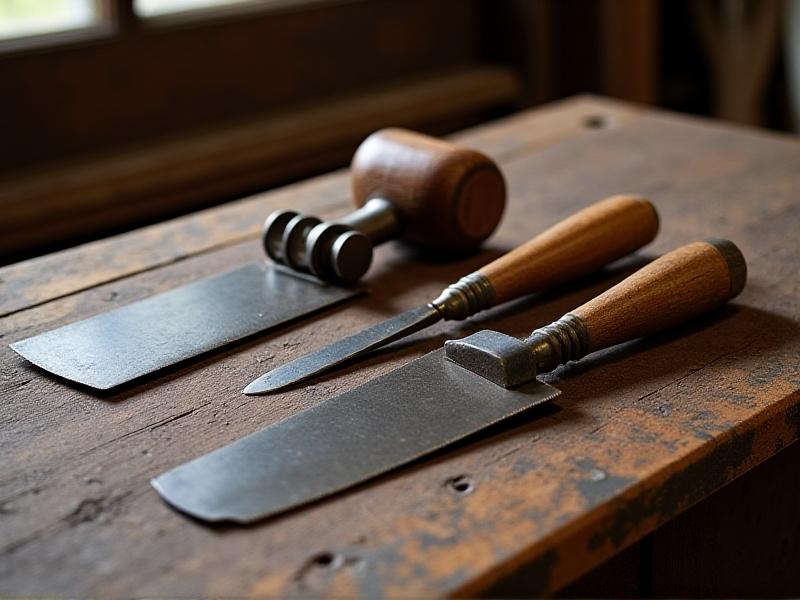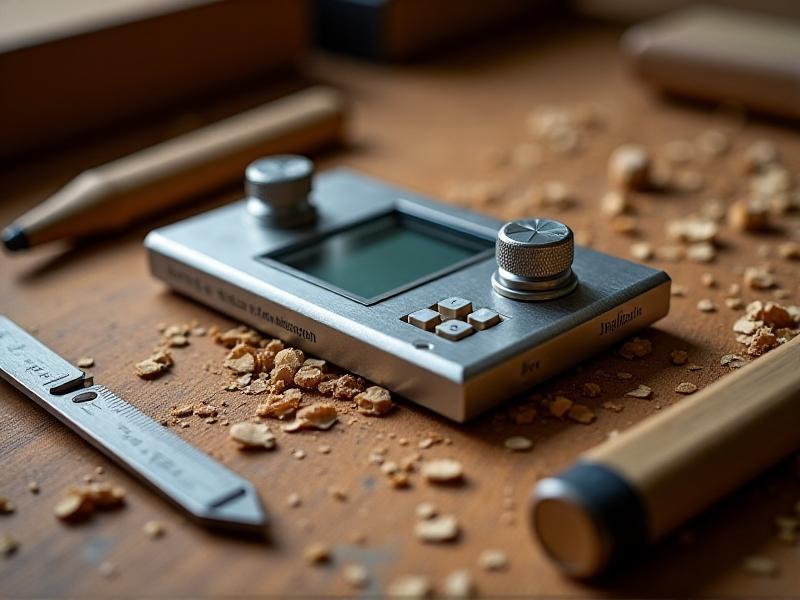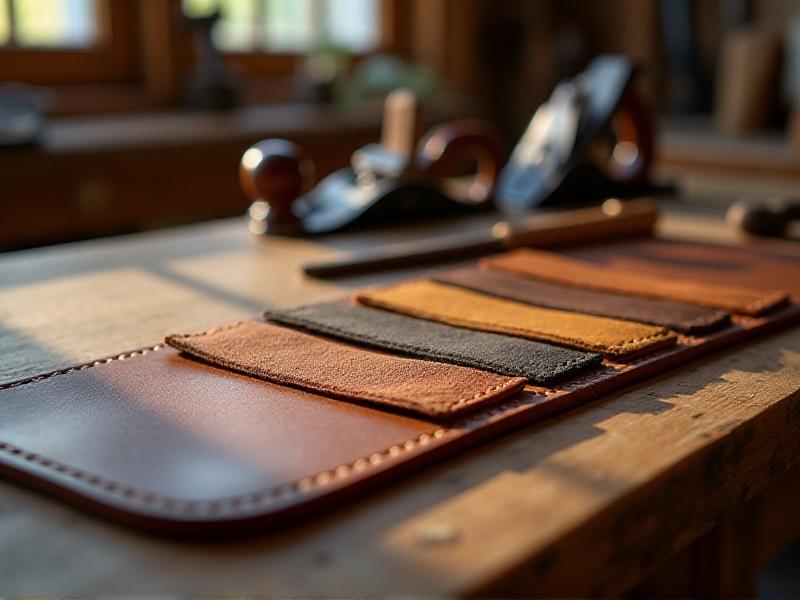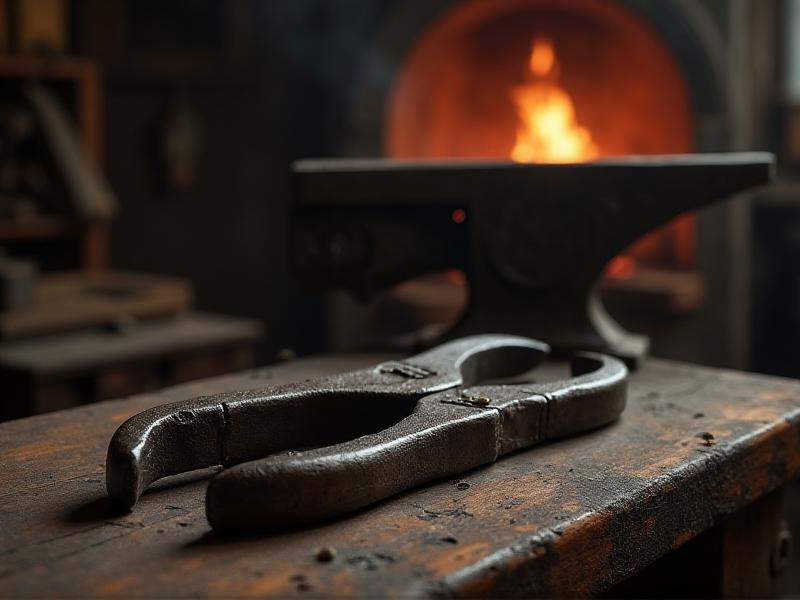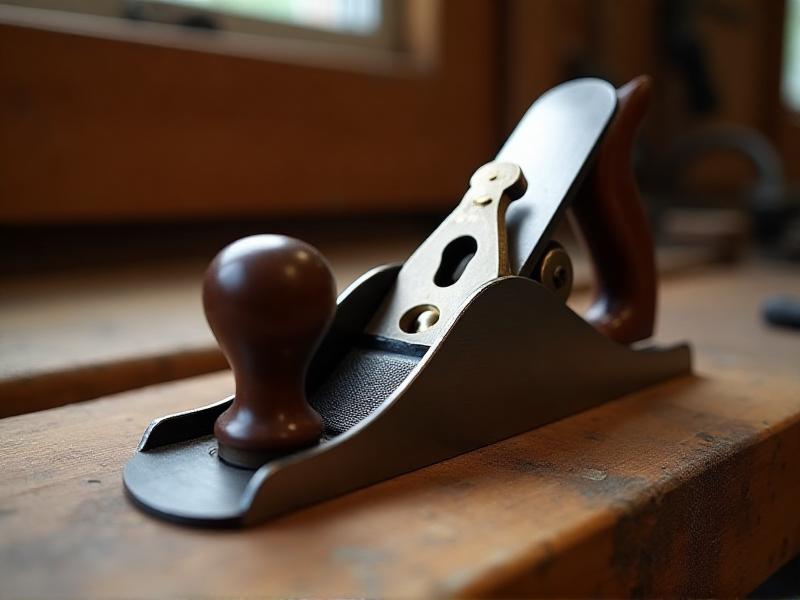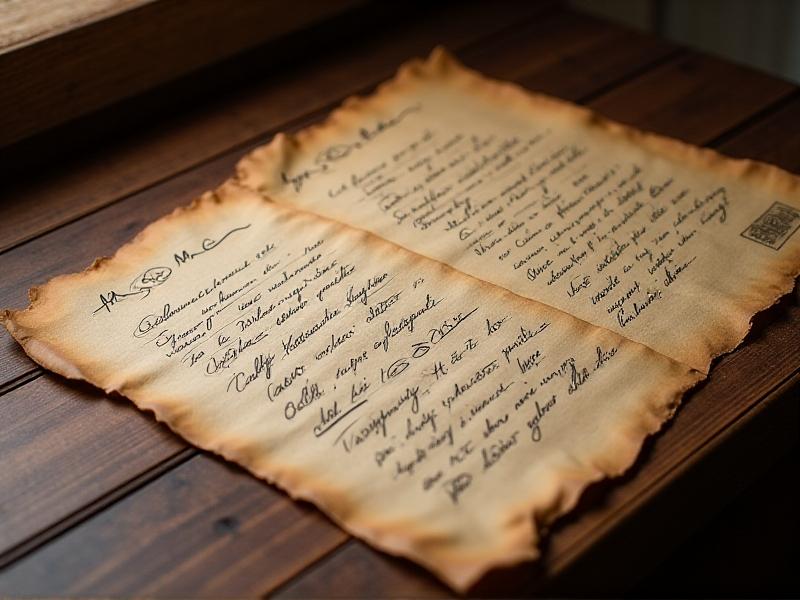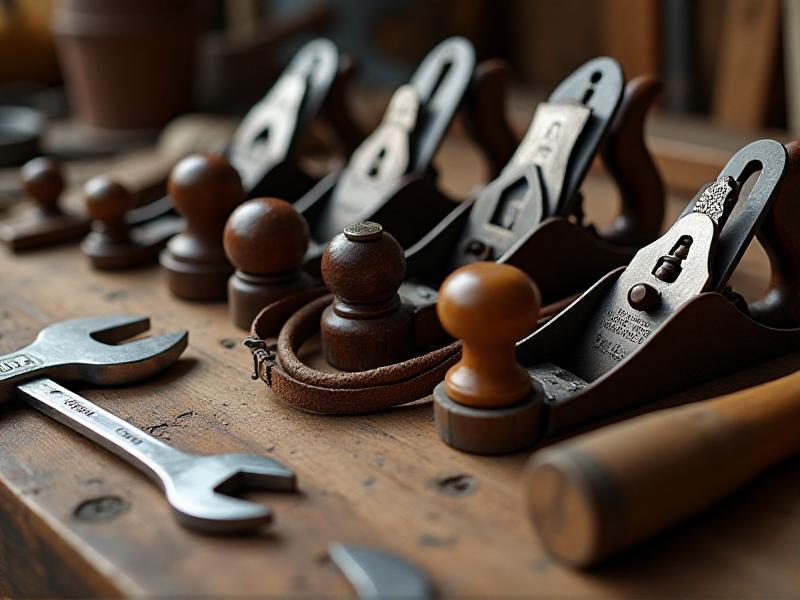Sandblasting Media Grit Size Comparisons
Understanding Sandblasting Media Grit Sizes
Sandblasting, also known as abrasive blasting, is a process used to clean, smooth, or shape a surface by propelling abrasive media against it. The effectiveness of this process largely depends on the grit size of the media used. Grit size refers to the particle size of the abrasive material, typically measured in mesh numbers. The higher the mesh number, the finer the grit, and vice versa. Understanding grit sizes is crucial for achieving the desired surface finish, whether you're working on metal, wood, glass, or other materials.
Grit sizes are categorized into coarse, medium, and fine. Coarse grits, such as 12 to 24 mesh, are used for heavy-duty applications like removing thick layers of paint, rust, or scale. Medium grits, ranging from 36 to 60 mesh, are ideal for general surface preparation and cleaning. Fine grits, from 80 to 220 mesh, are used for finishing touches, polishing, and creating smooth surfaces. Selecting the right grit size ensures efficiency and prevents damage to the substrate.
It's also important to consider the material being blasted. For example, softer materials like wood or plastic require finer grits to avoid excessive material removal, while harder materials like steel can withstand coarser grits. Additionally, the type of abrasive media—such as aluminum oxide, silicon carbide, or glass beads—can influence the outcome. Each media type has unique properties that affect cutting speed, surface finish, and durability.
In summary, understanding sandblasting media grit sizes is essential for achieving optimal results. By selecting the appropriate grit size and media type, you can ensure efficient material removal, surface preparation, and finishing, tailored to the specific requirements of your project.

Coarse Grit Media: Heavy-Duty Applications
Coarse grit media, typically ranging from 12 to 24 mesh, is the go-to choice for heavy-duty sandblasting applications. These larger particles are designed to remove thick layers of paint, rust, scale, and other stubborn coatings from surfaces. The aggressive nature of coarse grit media makes it highly effective for initial surface preparation, especially on hard materials like steel and concrete.
One of the primary uses of coarse grit media is in industrial settings, where equipment and structures often accumulate significant amounts of corrosion and debris. For example, in shipbuilding and maintenance, coarse grit media is used to strip old paint and rust from hulls, preparing them for new coatings. Similarly, in the construction industry, it is employed to clean and profile concrete surfaces before applying sealants or coatings.
However, the use of coarse grit media requires careful consideration of the substrate material. While it is effective on hard surfaces, it can be too aggressive for softer materials like wood or plastic, potentially causing damage. Therefore, it's essential to match the grit size to the material being blasted to avoid unintended consequences.
Another factor to consider is the type of abrasive media. Common coarse grit media includes aluminum oxide, silicon carbide, and steel grit. Each type has its advantages, such as aluminum oxide's durability and silicon carbide's sharpness. Steel grit, on the other hand, is often used for its ability to recycle multiple times, making it a cost-effective option for large-scale projects.
In conclusion, coarse grit media is indispensable for heavy-duty sandblasting tasks. Its ability to remove thick coatings and prepare surfaces for further treatment makes it a valuable tool in various industries. By understanding its applications and limitations, you can leverage coarse grit media to achieve efficient and effective results.
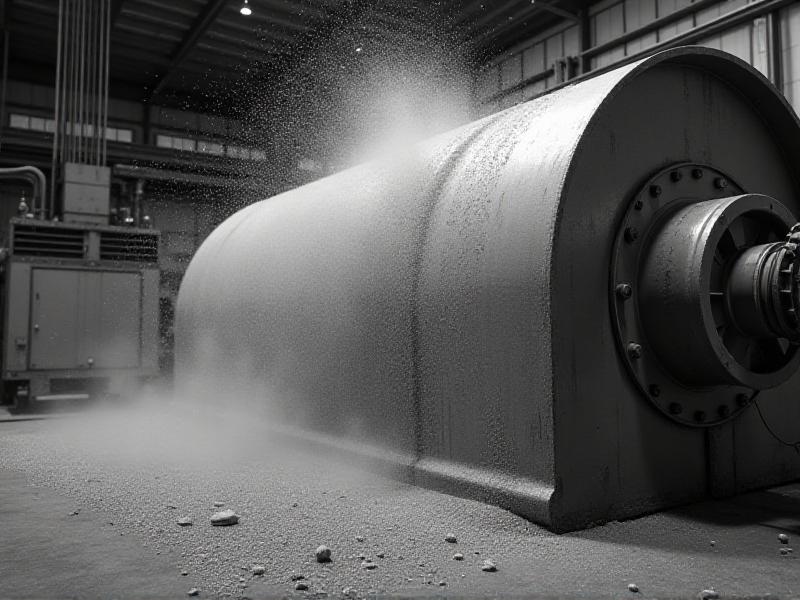
Medium Grit Media: Versatile Surface Preparation
Medium grit media, with mesh sizes ranging from 36 to 60, offers a balanced approach to sandblasting. It is versatile enough to handle a wide range of surface preparation tasks, making it a popular choice for both industrial and DIY projects. Medium grit media is particularly effective for removing moderate layers of paint, rust, and other coatings, as well as for general cleaning and profiling of surfaces.
One of the key advantages of medium grit media is its ability to strike a balance between aggressiveness and precision. It is less likely to cause damage to the substrate compared to coarse grit media, yet it is still powerful enough to achieve thorough cleaning and preparation. This makes it suitable for materials like metal, wood, and even some plastics, depending on the specific application.
In automotive repair, medium grit media is often used to prepare car bodies for repainting. It effectively removes old paint and rust without compromising the integrity of the metal. Similarly, in the woodworking industry, it is used to clean and texture wooden surfaces before staining or sealing. The versatility of medium grit media extends to glass and ceramics, where it can be used for etching and decorative purposes.
The choice of abrasive media also plays a role in the effectiveness of medium grit sandblasting. Aluminum oxide and silicon carbide are commonly used for their durability and cutting efficiency. Glass beads, while not as aggressive, are often chosen for their ability to produce a smoother finish, making them ideal for applications where surface appearance is important.
Ultimately, medium grit media is a versatile and reliable option for a wide range of sandblasting tasks. Its ability to handle various materials and applications makes it a staple in many industries. By understanding its strengths and limitations, you can make informed decisions when selecting the right media for your project.
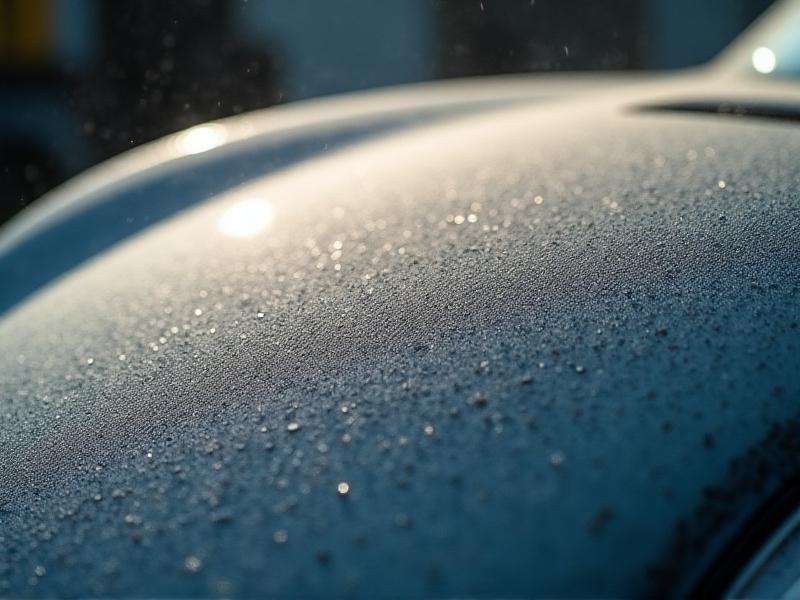
Fine Grit Media: Precision Finishing and Polishing
Fine grit media, typically ranging from 80 to 220 mesh, is the choice for precision finishing and polishing in sandblasting applications. These smaller particles are designed to create smooth, refined surfaces, making them ideal for tasks that require a high level of detail and finesse. Fine grit media is often used in the final stages of surface preparation, where the goal is to achieve a polished or near-mirror finish.
One of the primary uses of fine grit media is in the aerospace and automotive industries, where surface finish is critical for performance and aesthetics. For example, in aerospace manufacturing, fine grit media is used to polish turbine blades and other components to reduce friction and improve efficiency. In the automotive industry, it is employed to achieve a flawless finish on car bodies and parts before painting or coating.
Fine grit media is also widely used in the jewelry and watchmaking industries, where precision and attention to detail are paramount. It is used to polish precious metals and gemstones, enhancing their brilliance and value. Additionally, fine grit media is employed in the production of optical lenses and mirrors, where surface smoothness is essential for clarity and performance.
The choice of abrasive media for fine grit sandblasting includes options like aluminum oxide, silicon carbide, and glass beads. Each type offers unique benefits, such as aluminum oxide's ability to produce a consistent finish and glass beads' capacity to create a bright, reflective surface. The selection of media depends on the specific requirements of the project, including the desired finish and the material being blasted.
In summary, fine grit media is indispensable for precision finishing and polishing in sandblasting. Its ability to create smooth, refined surfaces makes it a valuable tool in industries where detail and quality are paramount. By understanding its applications and selecting the appropriate media, you can achieve exceptional results in your sandblasting projects.
Choosing the Right Grit Size for Your Project
Selecting the appropriate grit size for your sandblasting project is crucial for achieving the desired results. The choice of grit size depends on several factors, including the type of material being blasted, the condition of the surface, and the specific goals of the project. Understanding these factors will help you make an informed decision and ensure the success of your sandblasting efforts.
First, consider the material of the substrate. Hard materials like steel and concrete can withstand coarser grits, which are effective for removing thick layers of paint, rust, and scale. Softer materials like wood, plastic, and certain metals require finer grits to avoid excessive material removal and surface damage. Matching the grit size to the material is essential for achieving the right balance between efficiency and preservation.
Next, evaluate the condition of the surface. If the surface has heavy coatings or significant corrosion, a coarse grit may be necessary for initial cleaning and preparation. For surfaces with moderate coatings or light rust, a medium grit can provide effective cleaning without being overly aggressive. Fine grits are ideal for final finishing and polishing, where the goal is to achieve a smooth and refined surface.
The specific goals of your project also play a role in grit size selection. If the objective is to remove material quickly and prepare the surface for further treatment, a coarse or medium grit may be appropriate. For tasks that require precision and a high-quality finish, such as polishing or etching, a fine grit is the best choice. Understanding your project's requirements will guide you in selecting the right grit size.
Finally, consider the type of abrasive media. Different media types, such as aluminum oxide, silicon carbide, and glass beads, have unique properties that affect cutting speed, surface finish, and durability. The choice of media should align with the grit size and the specific needs of your project. By taking these factors into account, you can choose the right grit size and media for optimal results.
The Impact of Grit Size on Surface Finish
The grit size of sandblasting media has a significant impact on the final surface finish. The size of the abrasive particles determines the texture, smoothness, and overall appearance of the blasted surface. Understanding how different grit sizes affect surface finish is essential for achieving the desired results in your sandblasting projects.
Coarse grit media, with larger particles, creates a rough and textured surface. This type of finish is often used for applications where surface profiling is necessary, such as preparing concrete for coatings or creating a non-slip surface on metal. The aggressive nature of coarse grit media ensures effective material removal and surface preparation, but it may leave visible scratches and imperfections.
Medium grit media produces a more balanced finish, with moderate texture and smoothness. It is suitable for general surface cleaning and preparation, where the goal is to remove coatings and contaminants without creating an overly rough surface. Medium grit media is often used in automotive repair, woodworking, and other industries where a consistent and workable surface finish is required.
Fine grit media, with smaller particles, creates a smooth and refined finish. This type of finish is ideal for applications where appearance and precision are important, such as polishing metal, glass, or jewelry. Fine grit media can achieve a near-mirror finish, enhancing the aesthetic appeal and functional performance of the blasted surface. However, it may require multiple passes to achieve the desired level of smoothness.
The choice of grit size should align with the specific requirements of your project. For example, if the goal is to create a textured surface for better adhesion of coatings, a coarse grit may be appropriate. For tasks that require a smooth and polished finish, a fine grit is the best choice. By understanding the impact of grit size on surface finish, you can make informed decisions and achieve the desired results in your sandblasting projects.
Common Types of Sandblasting Media and Their Grit Sizes
Sandblasting media comes in various types, each with unique properties and grit sizes. The choice of media depends on the specific requirements of your project, including the material being blasted, the desired surface finish, and the efficiency of material removal. Understanding the common types of sandblasting media and their grit sizes will help you select the best option for your needs.
Aluminum oxide is a popular choice for sandblasting due to its hardness and durability. It is available in a wide range of grit sizes, from coarse to fine, making it suitable for various applications. Aluminum oxide is effective for removing rust, paint, and scale, as well as for surface profiling and finishing. Its sharp edges ensure efficient cutting and material removal.
Silicon carbide is another commonly used abrasive media, known for its extreme hardness and sharpness. It is available in grit sizes ranging from coarse to fine, and it is particularly effective for cutting hard materials like glass, ceramics, and metals. Silicon carbide is often used for precision tasks, such as etching and polishing, where a high level of detail is required.
Glass beads are a softer abrasive media, typically available in fine grit sizes. They are used for cleaning, polishing, and peening surfaces without altering the substrate. Glass beads produce a smooth and bright finish, making them ideal for applications where surface appearance is important, such as in the automotive and jewelry industries.
Steel grit and steel shot are abrasive media made from hardened steel. They are available in various grit sizes and are often used for heavy-duty applications, such as removing thick coatings and preparing surfaces for coatings. Steel grit is known for its recyclability, making it a cost-effective option for large-scale projects.
In conclusion, the choice of sandblasting media and grit size depends on the specific requirements of your project. By understanding the properties and applications of common types of media, you can select the best option for achieving efficient and effective results in your sandblasting tasks.
Safety Considerations When Working with Different Grit Sizes
Working with sandblasting media of different grit sizes requires careful attention to safety. The abrasive nature of the media, combined with the high-pressure blasting process, can pose risks to both the operator and the environment. Understanding and implementing safety measures is essential for preventing accidents and ensuring a safe working environment.
One of the primary safety considerations is the use of personal protective equipment (PPE). Operators should wear appropriate PPE, including a respirator or dust mask, safety goggles, gloves, and protective clothing. Coarse grit media, in particular, can generate significant dust and debris, making respiratory protection crucial. Fine grit media, while producing less dust, still requires proper eye and skin protection to prevent irritation and injury.
Another important safety measure is the proper handling and storage of abrasive media. Coarse grit media, with its larger particles, can be heavy and difficult to handle. Using equipment like hoppers and blast pots with proper ventilation and dust collection systems can minimize exposure to airborne particles. Fine grit media should be stored in sealed containers to prevent contamination and maintain its effectiveness.
Environmental safety is also a key consideration. Sandblasting can generate hazardous waste, including spent abrasive media and removed coatings. Proper disposal methods should be followed to prevent environmental contamination. Recycling abrasive media, when possible, can reduce waste and lower costs. Additionally, using environmentally friendly media, such as biodegradable options, can minimize the environmental impact of sandblasting operations.
Finally, training and education are essential for safe sandblasting practices. Operators should be trained on the proper use of equipment, the selection of grit sizes, and the implementation of safety measures. Regular safety audits and equipment maintenance can help identify and address potential hazards before they become issues.
In summary, safety considerations are paramount when working with different grit sizes in sandblasting. By implementing proper PPE, handling and storage practices, environmental safety measures, and training, you can ensure a safe and effective sandblasting operation. Prioritizing safety not only protects the operator but also enhances the overall success of the project.
Environmental Impact of Sandblasting Media Grit Sizes
The environmental impact of sandblasting media grit sizes is an important consideration for sustainable practices in various industries. The choice of grit size and type of abrasive media can influence waste generation, energy consumption, and overall environmental footprint. Understanding these impacts can help you make more environmentally responsible decisions in your sandblasting projects.
Coarse grit media, with its larger particles, can generate significant amounts of dust and debris during the blasting process. This can contribute to air pollution and pose health risks to operators and nearby communities. To mitigate these effects, it is essential to use dust collection systems and proper ventilation to capture airborne particles. Additionally, recycling coarse grit media can reduce waste and lower the environmental impact.
Medium grit media, while producing less dust than coarse grit, still requires careful handling to minimize environmental impact. Proper disposal of spent media and removed coatings is crucial to prevent soil and water contamination. Using environmentally friendly media, such as biodegradable options, can further reduce the environmental footprint of medium grit sandblasting.
Fine grit media, with its smaller particles, typically generates less dust and debris. However, the fine particles can be more challenging to capture and dispose of properly. Using advanced dust collection systems and sealed blasting equipment can help contain fine particles and prevent environmental contamination. Additionally, selecting media with lower environmental impact, such as recycled glass beads, can enhance sustainability.
The type of abrasive media also plays a role in environmental impact. For example, aluminum oxide and silicon carbide are durable and can
